Wreck Dive
From: €35
Hurghada, a jewel of the Red Sea, isn’t just known for its vibrant coral reefs; it’s also a world-class destination for wreck diving. The region’s maritime history, coupled with unfortunate shipwrecks, has created an underwater museum for divers to explore.These wrecks, now teeming with marine life, offer a unique and thrilling diving experience.
The Allure of Wreck Diving:
Wreck diving offers a sense of adventure and discovery, allowing divers to explore the remnants of maritime history.
These sunken vessels, now encrusted with coral and inhabited by a diverse array of marine life, provide a fascinating glimpse into the past. In Hurghada, the wrecks offer a unique ecosystem, and a place for many different types of marine life to call home.
Hurghada’s Premier Wreck Dive Sites:
Abu Nuhas: A Wreck Diver’s Paradise:
Abu Nuhas is arguably the most famous wreck diving site in Hurghada. This reef is home to several shipwrecks, including the Giannis D, the Carnatic, the Chrisoula K, and the Kimon M.
These wrecks, each with its own unique history and characteristics, offer divers a variety of diving experiences.
The Giannis D: A cargo ship that sank in 1983, the Giannis D is now a popular dive site, known for its intact structure and abundant marine life.
The Carnatic: A British mail steamer that sank in 1869, the Carnatic is one of the oldest wrecks in the area, offering a glimpse into 19th-century maritime history.
The Chrisoula K: A cargo ship that sank in 1981, the Chrisoula K is known for its cargo of tiles, which are now scattered across the seabed.
The Kimon M: a large cargo ship that went down in 1978, this wreck is very large, and provides many different things to explore.
Other Wrecks:
While Abu Nuhas is the most well-known, other wrecks can be found around Hurghada, each with its own story.
Essential Considerations for Wreck Diving:
Advanced Training: Wreck diving often requires advanced diving skills and certifications. Consider taking a wreck diving specialty course to enhance your safety and enjoyment.
Equipment: Ensure you have the proper equipment, including a dive computer, dive light, and cutting tool.
Safety Precautions: Wrecks can be unstable and contain hazards such as sharp edges and entanglement risks. Always dive with a buddy and follow safety guidelines.
Respect the Wrecks: Treat the wrecks with respect and avoid removing artifacts or damaging the structures.
Buoyancy Control: Good buoyancy control is essential for navigating wrecks and avoiding damage to the environment.
The Marine Life of Wrecks:
Wrecks serve as artificial reefs, attracting a diverse array of marine life. Divers can expect to see schools of fish, moray eels, barracudas, and other fascinating creatures.
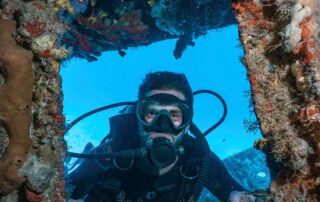
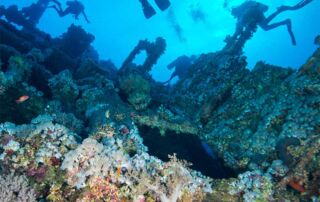
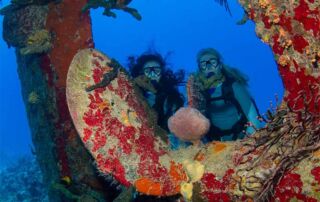
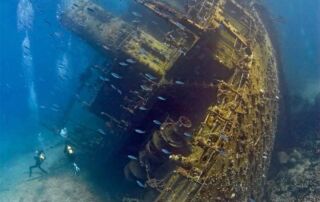
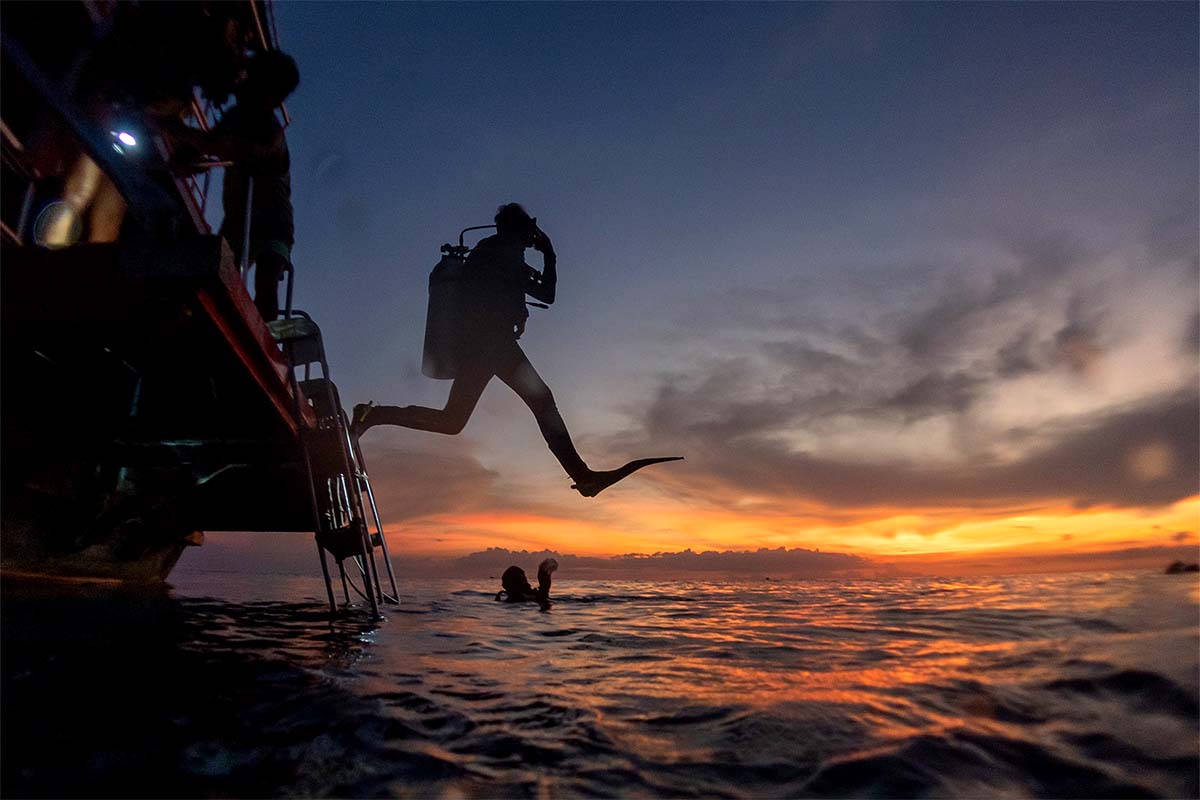
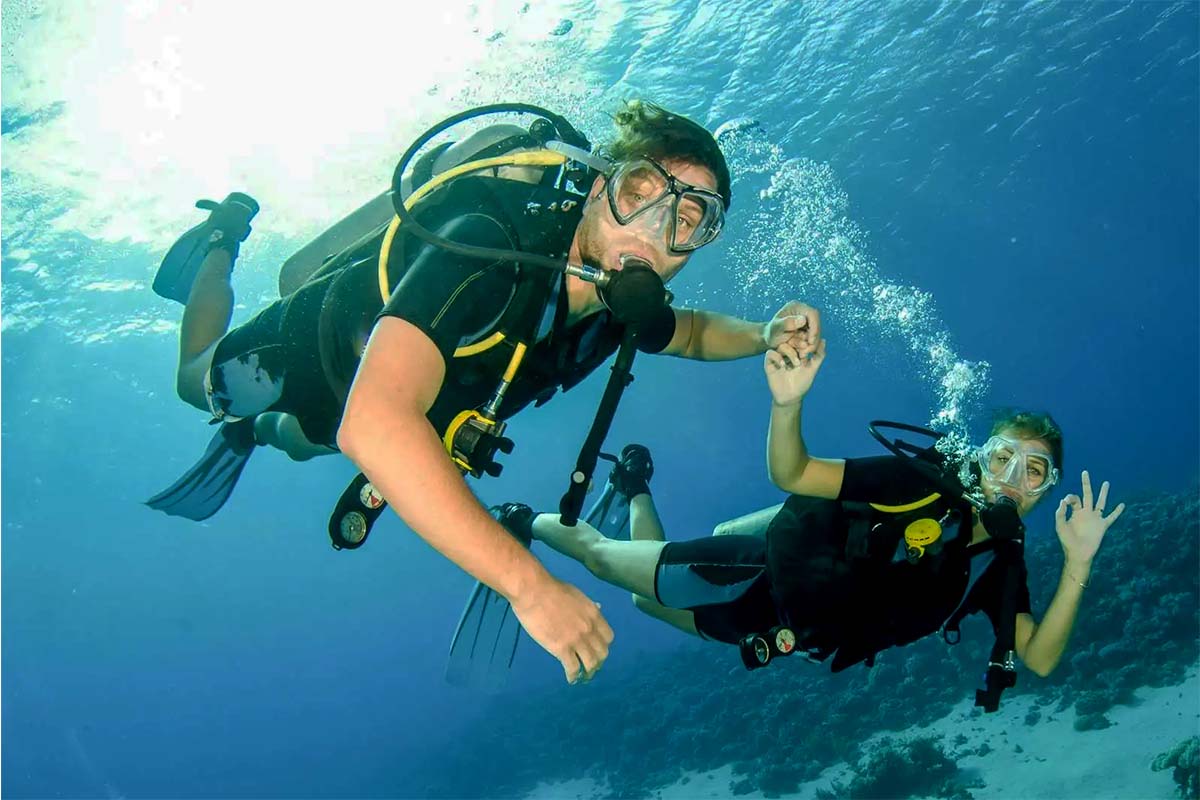
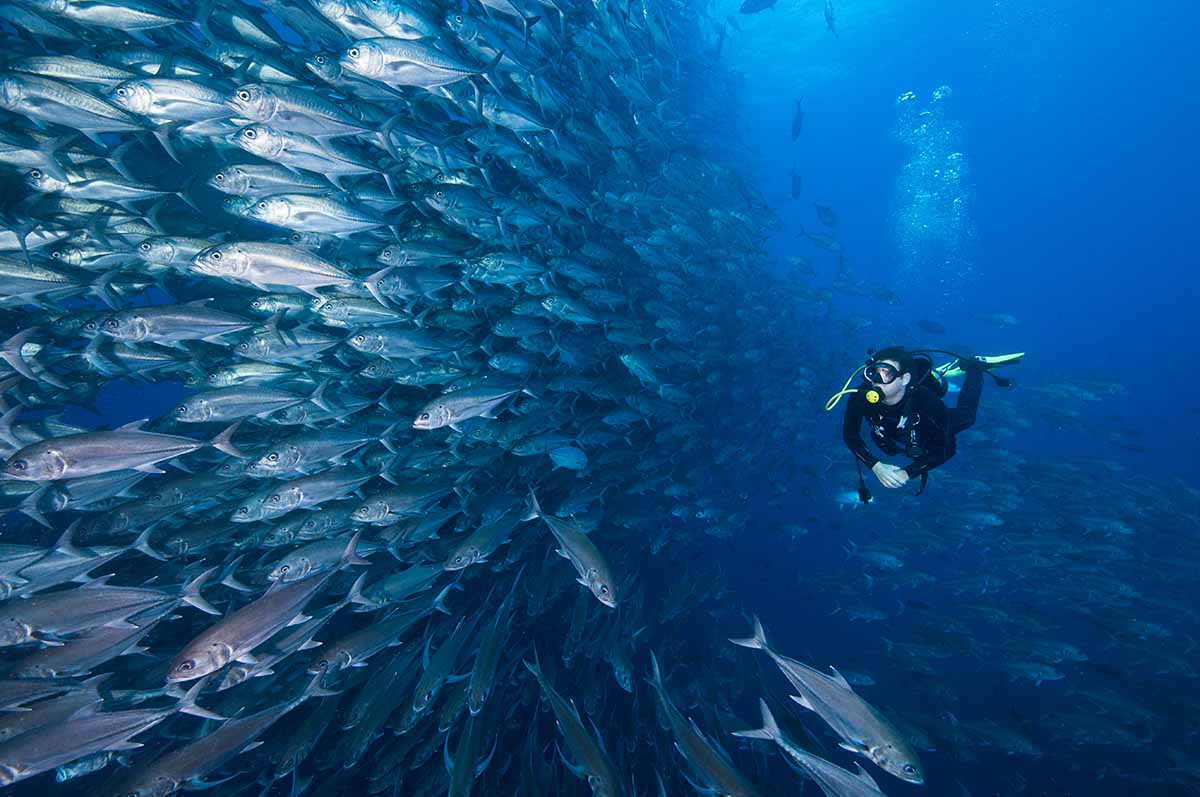
Reviews
There are no reviews yet.